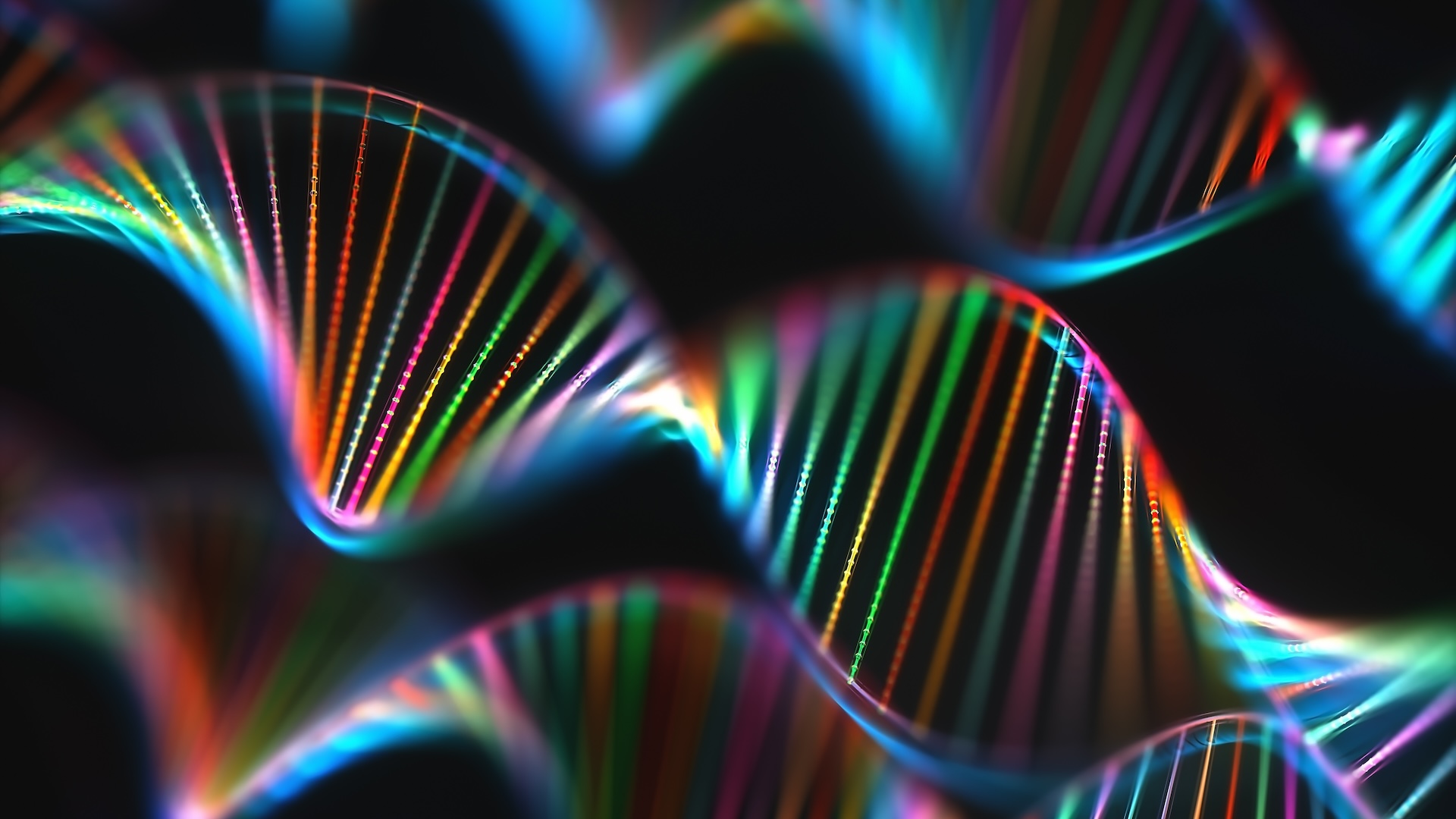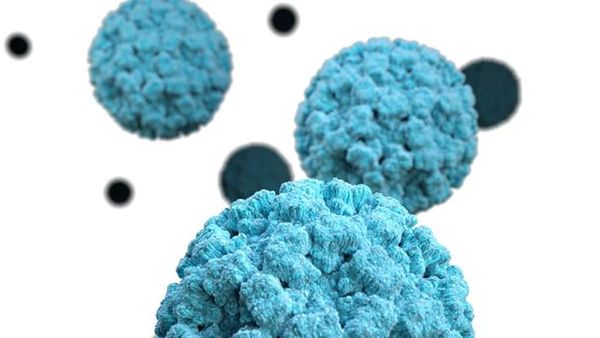
Scientists' investigation of a rare disorder in a single patient has solved medical mysteries affecting at least 30 people.
These patients had a wide variety of symptoms, ranging from developmental delay to bone malformations, and even early death. However, it turns out that they all had conditions caused by a mutation in the same gene, called FLVCR1, according to new research set to be published in the journal Genetics in Medicine.
This gene controls the transport of two key nutrients, choline and ethanolamine, around cells. Both choline and ethanolamine have a fundamental role in metabolism, the chemical reactions that supply the body with energy, said study leader Dr. Daniel Calame, an instructor of pediatric neurology and developmental neurosciences at Baylor College of Medicine in Texas.
"With that in mind, and the fact that it's [FLVCR1 is] expressed all throughout the body, it makes sense that you can get a wide spectrum of problems depending on how severe your deficit in choline/ethanolamine transport is," Calame said.
Related: 50,000 'knots' scattered throughout our DNA control gene activity
The first patient in the new study was treated at Calame's clinic at Texas Children's Hospital. The boy had severe neurodevelopmental delays, a history of seizures and, strikingly, no ability to sense pain. Seizures and neurodevelopmental delays are a common combination of symptoms, Calame told Live Science, but the child's lack of pain sensation was unusual. The boy and his parents had previously had genetic testing, but no one had been able to identify the root cause of his disorder.
So Calame and his team dug deeper into that data, studying the entire constellation of genes in the boy's genome that code for proteins. They noticed a very rare mutation in both copies of the FLVCR1 gene. This caught Calame's attention because the gene had previously been linked to very different disorders involving muscle coordination and the degradation of the retina, respectively.
Those were very different symptoms from those seen in his patient, Calame acknowledged. But there was one commonality: In some cases, patients with those other conditions also had reduced sensitivity to pain.
"There was a little bit of overlap," Calame said.
The FLVCR1 gene had also been studied in mice. When the gene was eliminated from the embryos of rodents, its absence caused stillbirth. The stillborn mice showed bone and brain malformations, as well as severe anemia.
To find out what was going on, Calame and his team turned to their own database of DNA from more than 12,000 individuals with genetic conditions, and they reached out to other research labs around the world with similar data. They identified 30 patients from 23 different families with FLVCR1 mutations. There were 22 mutations in total, 20 of which had never been reported before.
Some of the 30 individuals were stillborn due to severe developmental issues in the womb. Others survived but experienced developmental delays, bone malformations, or microcephaly, a condition in which the skull is smaller than it should be. (The databases didn't include data on each patients' prognosis, or health in the long-term.)
In lab experiments, study co-author Long Nam Nguyen, an associate professor at the National University of Singapore Yong Loo Lin School of Medicine, investigated the function of FLVCR1. This research revealed the gene's role in moving choline and ethanolamine around cells, helping to explain how a single genetic change could affect so many systems in the body.
Calame and his team are now collecting blood samples from patients with FLVCR1 mutations to see if they can find a way to treat these rare conditions. In some cases, it's possible that somehow supplementing cells with extra choline and ethanolamine might help, Calame said. Alternatively, researchers might need to use another drug to prevent the buildup of toxins that can occur when fundamental cellular processes go awry.
The research might have implications for other conditions involving choline, an essential nutrient people can get from leafy greens, beans and many animal products. Choline deficiency has been linked to age-related nerve damage and neurodegenerative disorders, such as Alzheimer's, Calame said.
"It has a lot of implications beyond this very rare disease," he said.
Ever wonder why some people build muscle more easily than others or why freckles come out in the sun? Send us your questions about how the human body works to community@livescience.com with the subject line "Health Desk Q," and you may see your question answered on the website!







